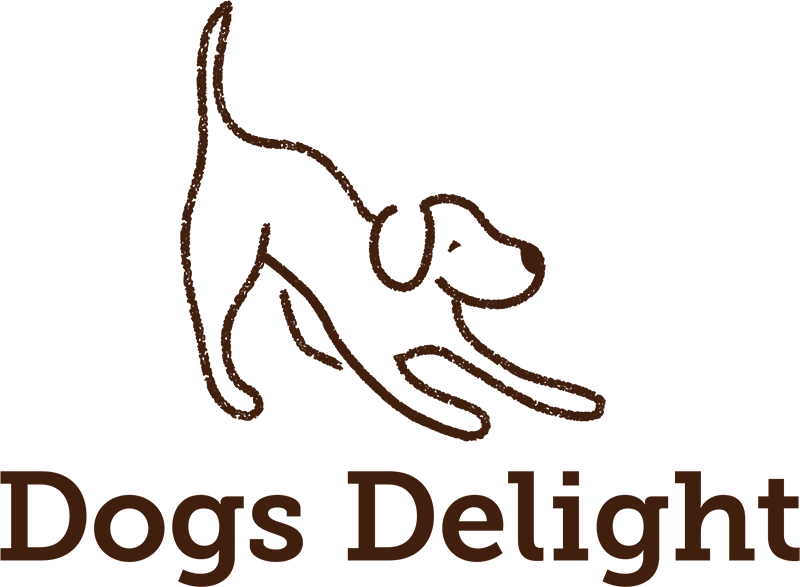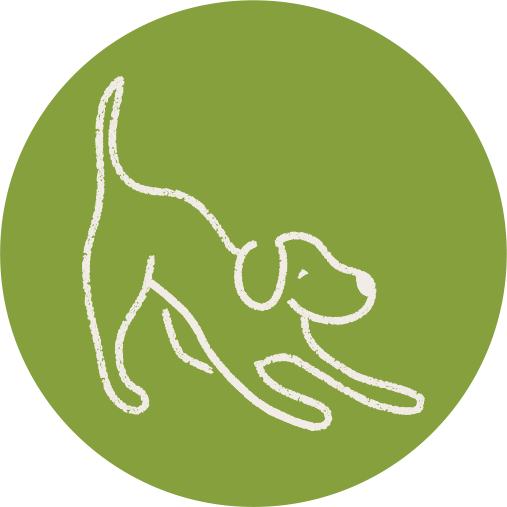Healthy
Kidney Disease in Dogs
The role of the kidney is primarily to regulate water, acid-base and electrolyte balance along with the excretion of metabolic waste products such as urea, creatinine and uric acid. The kidneys are also responsible for the synthesis of other substances such as prostaglandins, erythropoietin, renin and vitamin D3.
Chronic Kidney Disease (CKD), also known as Chronic Renal Disease (CRD), is characterised by irreversible and progressive loss of kidney function and the development of clinical signs that reflect the kidney’s decreasing ability to perform these normal regulatory and excretory functions.
The loss of kidney function means that the kidneys cannot sufficiently excrete waste products from the body and this leads to the clinical signs of renal failure (referred to as uremic syndrome). Common initial signs include increased water consumption and increased urination and you may notice your dog having more accidents around the house or emptying their bladder whilst sleeping. There may be nausea and vomiting often accompanied by a reduced appetite and weight loss.
It is important to note that signs and symptoms often do not appear until the disease is quite advanced and 75% or more of kidney function has been lost. Although renal disease can develop at any age, chronic renal disease is most frequently diagnosed in older dogs.
The role of diet in disease progression
It is vitally important that you discuss any proposed changes to your dogs’ diet with your Vet in the first instance.
There are many diets available for dogs with chronic kidney disease and you may see them referred to as ‘special diets’, ‘renal diets’ or therapeutic diets. We will refer to them here as renal diets. The main goals of a renal diet for dogs with chronic kidney disease include:
- Improvement of clinical symptoms so the dog feels well again
- Maximising of quality of life by keeping symptoms at bay
- Slowing the progression of the disease if possible.
Specially designed renal diets therefore have several important features which distinguish them from standard dog foods.
Tips for Introducing a Renal Diet
- Try the new renal diet once the dog is feeling better and symptoms have improved as they are more likely to develop an aversion to unfamiliar foods when they are ill. If the dog does develop an aversion to a particular renal diet, they may never eat it again.
- Feed 2-3 smaller meals each day until the new renal diet is introduced as this will help you to monitor how much the dog is actually eating. This may also be helpful for dogs with a reduced appetite.
- Add in the new food/diet in one quarter increments. Try splitting the daily amount of food into four – replace one quarter of this with the new food. Keep going with this so that the dog is completely on the new food by day four. You can, of course, take a bit longer if you feel it would be better for your dog to do this over seven days.
- Try a variety of different renal diets if the dog does not like the first one you choose as they can vary significantly in palatability.
- Fluid requirements are higher in renal disease as dogs will have a reduced capacity to concentrate their urine. They should have access to freely available water at all times. In addition, feeding moist/wet foods in preference to dry will help with fluid intake.
- Dogs choose particular foods because they smell nice (in other words, meaty or fishy). Warm the food and serve at room temperature as it will smell so much more appealing to the dog.
- Additional flavourings can be added which will help to make the food smell more appealing but ensure they have no added salt. For example, tuna juice, meat juices from a roast joint of meat etc.
- Contact your Vet if your dog does not eat for more than two days in a row.
- Once you have decided on a renal diet it is vitally important that you consult your Vet prior to making any changes to your dogs’ diet.
More information on Renal Diets is available on our members pages and by individual consultation.


